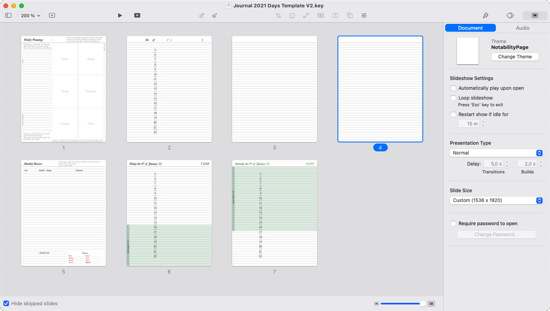

#Bullet journal for mac program code
We’re handed new requirements, finding new opportunities to improve code as we edit it, discovering new bugs, and learning about new libraries and technologies. Programmers come across a great deal of new information as they work. An Analog System for Collecting Information Like the better frameworks we developers use, it’s flexible and you can adapt it to your individual needs. So this is my recommendation: dump all of that and replace it with a pen and a notebook.īullet Journal (BuJo for short) is a framework (with a small “f” and no API docs) for managing notes, tasks, and appointments. Text files lie scattered between different projects, while Post-it Notes and scraps of paper wait, jammed in pockets, wedged between pages, and stuck to monitors, for you to remember why they are there. Notes are stored in different applications that may or may not sync across all of your devices. Only games exceed the number of applications you’ll find there.īut many developers end up with information scattered across several systems. Look at the “productivity” category of your favorite app store.
#Bullet journal for mac program software
So it’s no surprise that planners, tracking tools, note-taking applications, and other related software are big business. Missed appointments, blown deadlines, and forgotten details are nobody’s fault but your own when you’re the boss. Managing this information is important if you’re running your own business or are headed in that direction. Plus, there’s that whole “having a life” thing with its assortment of tasks, dates, obligations, and annoyances. Whether you work full-time as an employee, for yourself as a business owner/freelancer, or are juggling both, you have a lot to keep track of.ĭevelopment involves tracking a great deal of detail for each project, and when you have to manage clients, it’s double the details. Bullet Journal: A Productivity System for Programmers


 0 kommentar(er)
0 kommentar(er)
